ROBOTICS IN LOGISTICS: HOW MUCH ARE COMPANIES INVESTING IN ROBOTS?

Automation is one of the main directions of development in the intralogistics sector. This trend is developing primarily due to the rapid development of online trading and the lack of specialists in the field of logistics around the world, in particular for operators of warehouse lifting and loading equipment. The growing volume of goods with integrated returns management, highly synchronized delivery processes, ever shorter turnaround times and complex warehouse environments require automated guided vehicles that operate autonomously.
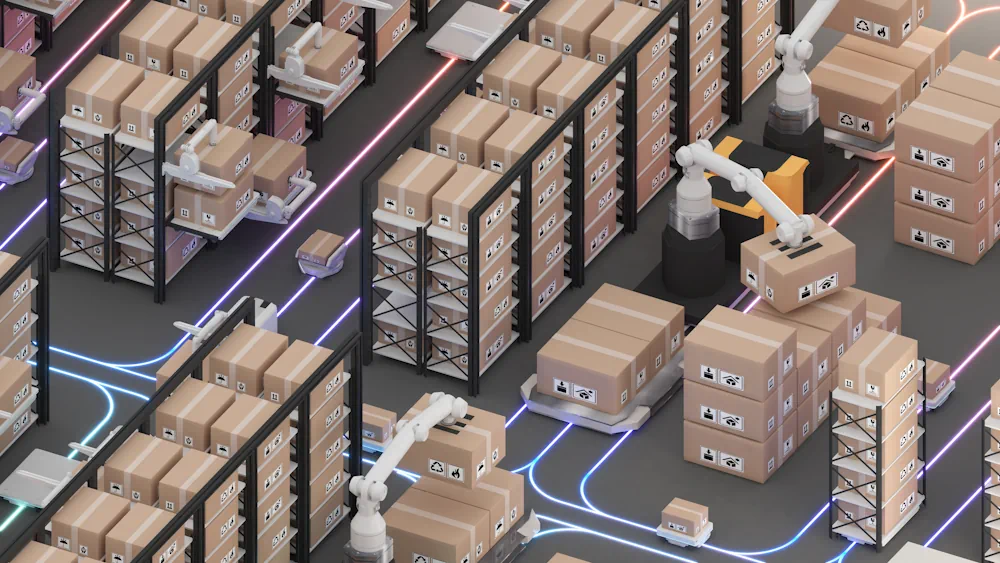
Automated machinery works with people and has higher rates of flexibility and efficiency in e-commerce, automotive, fashion, and manufacturing logistics. Modern production without industrial robots is impossible. Cars are almost exclusively built by giant industrial robots that perform the same movements and the same work steps extremely accurately and quickly over and over again. This is possible in a completely static environment using the usual set of algorithms. Conventional automated guided vehicles require a modified operating environment or the specification of fixed routes, such as optical guides or ground markers.
According to a survey by Peerless Research Group, about 37% of respondents responded positively to the presence of the use of robotics in their business.
Are you using or interested in using the latest robotics technologies in logistics?
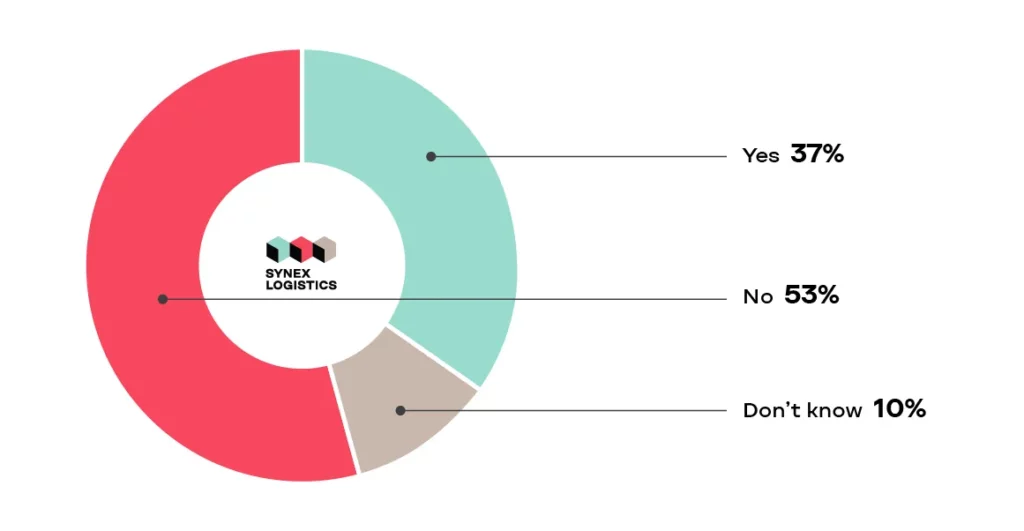
Robotization of warehouses is a global trend caused by the need to speed up logistics processes. According to World Robotics, an international federation of robotics, 75,000 robots were used in warehouses in 2022, and last year their number increased to 114,000. The global market for warehouse robotics in the supply chain is expected to reach $22.4 billion by the end of this year.
In the last decade, in the countries – technological leaders, there has been explosive growth in the robotization of warehouse logistics. Amazon in the US alone operates a fleet of around 200,000 warehouse robots. Foreign experts are confident that the world is on the verge of a logistical revolution.
One of the main issues when equipping warehouses with robots is the payback period and cost reduction. According to statistics, a robot pays for itself in 2-3 years, but already now there’s a tendency in the robotics market to reduce the cost of introducing robots in production. It’s expected that the payback period will be reduced, and the profitability of warehouse logistics robotization will increase.
The current trend is to speed up delivery and improve the quality of service. This is largely due to the explosive growth in sales in online stores and marketplaces. Therefore, the task of the fulfillment center, where shipments for e-commerce are processed, is to increase the speed of operations and reduce the number of errors.
Despite the general development, some large online stores and order fulfillment today are fundamentally not robotized. Market participants explain this by the fact that the rapid growth of the industry does not make it possible to stabilize processes, it’s necessary to quickly increase capacity, and quickly open warehouses with people, but without robots. However, later they will work efficiently, which will force the introduction of automation projects.
Do you use or plan to use robotics in the near future?
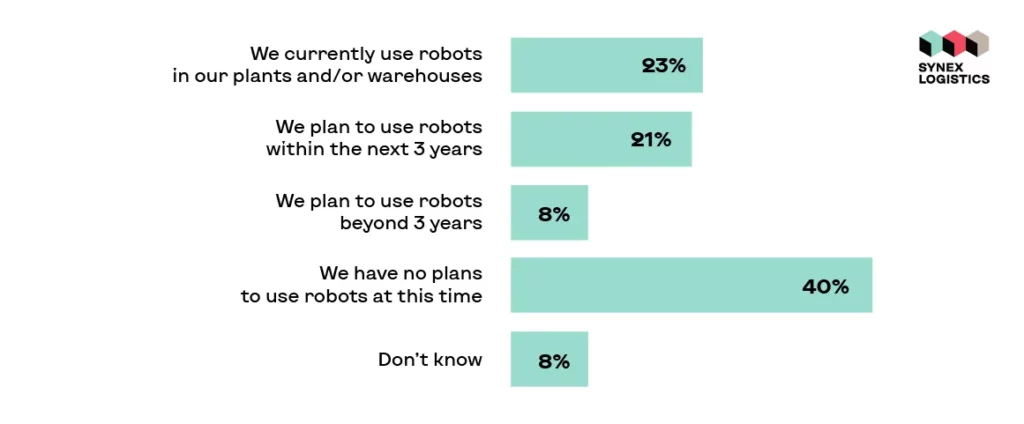
Boston Dynamics’ mobile warehouse robot called Handle is one of the clearest examples of this: the company has developed a fully autonomous compact device that can access any hard-to-reach places, and at the same time has an extended field of view. Thanks to this, the robot can quickly unload trucks, stack pallets, and move boxes around the warehouse.
The e-commerce market is growing like an avalanche and by 2025, according to forecasts, the number of parcels in delivery will increase to 5 billion a year and even more. Optimization of storage facilities, taking into account the ever-increasing cost of both rent and the land itself, is a topic of current interest for all players involved in the process. This is a good prospect, but with serious investments.
Modern logistics facilities have a good infrastructure, the robotization and automation of which depend primarily on the specifics of the products processed in the warehouse. As a rule, multi-client sites are distinguished by the fact that under one roof they concentrate the stocks of several clients with different products that differ in logistical parameters and processing requirements.
The warehouse robotization market in the world began its development only 10 years ago when Amazon began to introduce Kiva robots for Goods To Person picking in their warehouses. There have been various warehouse robot prototypes in the past. Still, we will assume that the first significant impetus for the warehouse robot market was the creation of Amazon Robotics through the acquisition of Kiva Systems. At the same time, a significant increase in the market of warehouse robots has been observed only in the last 2 years. This is largely due to the coronavirus pandemic when the need for high-speed delivery of goods with a shortage of staff in warehouses has increased.
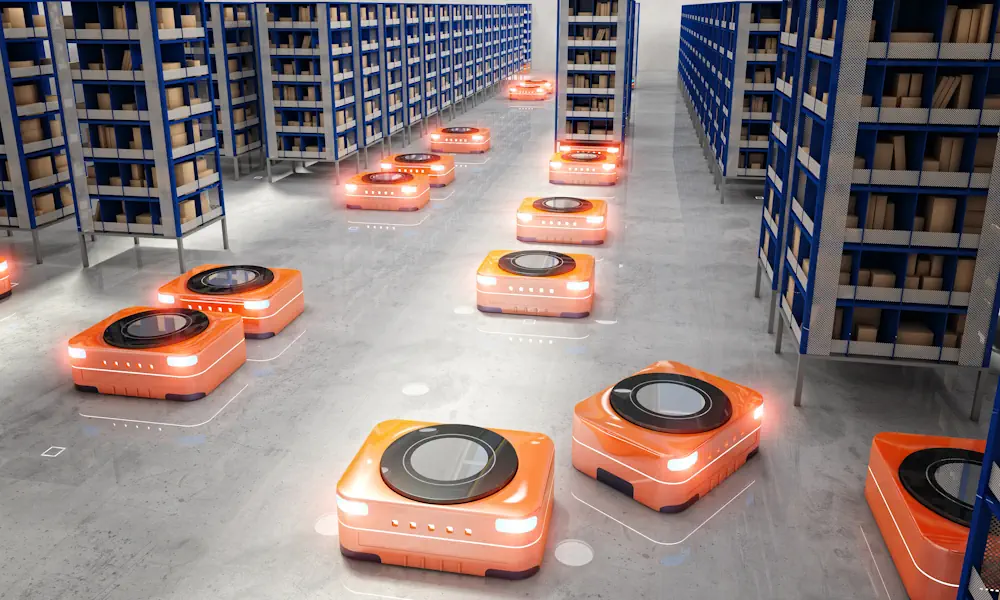
Regarding the level of robotization, Asia overtakes America and Europe, largely due to China, then comes America, then Europe. At the same time, only the Chinese company JD.com can boast of full automation of processes with the help of robots.
How is your organization currently progressing in finding and promoting robotics in your warehouses?
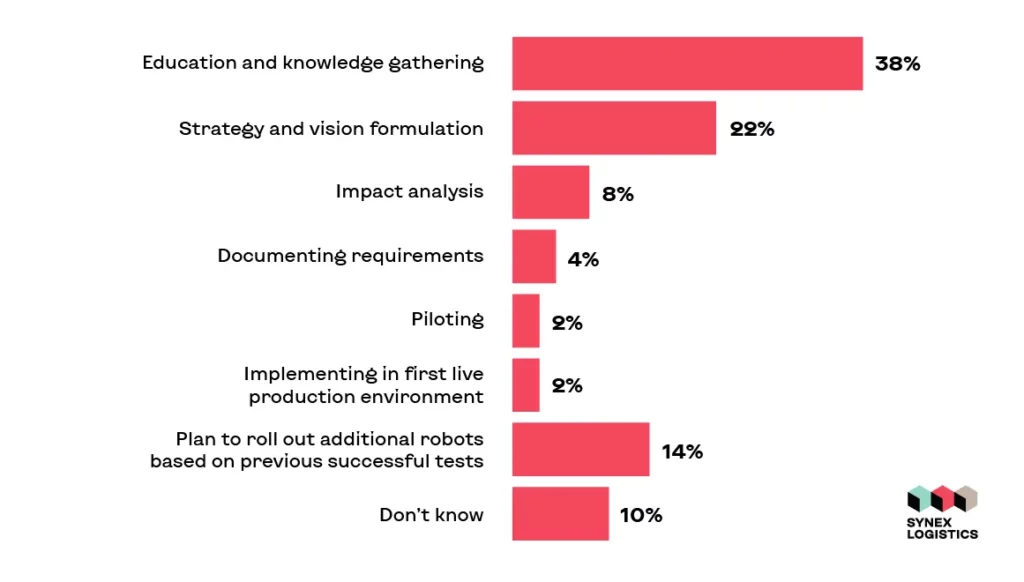
In 2020, Jungheinrich AG, headquartered in Hamburg, acquired a stake in the Munich-based robotics start-up Magazino GmbH. The companies have agreed on a large-scale strategic cooperation and intend to combine the accumulated knowledge in the field of warehouse automation.
Magazino is engaged in the development and manufacture of transport robots that analyze the environment and are able to make decisions based on the situation. In 2014, the company entered the market with the introduction of a self-propelled order-picking robot that can move around the warehouse along optimal routes and accurately pick up the right boxes. This system is already used in the warehouses of various e-commerce companies.
Boston Consulting Group predicts that the share of tasks solved by robots will grow from 8% today to 26% by 2025. The leaders of robotic production will be China, Germany, Japan, South Korea, and the USA. Together, they account for 80% of all robot purchases. Unlike humans, which can double their productivity in 10 years, robots can double their productivity every four years, according to BCG analyst Sirkin.
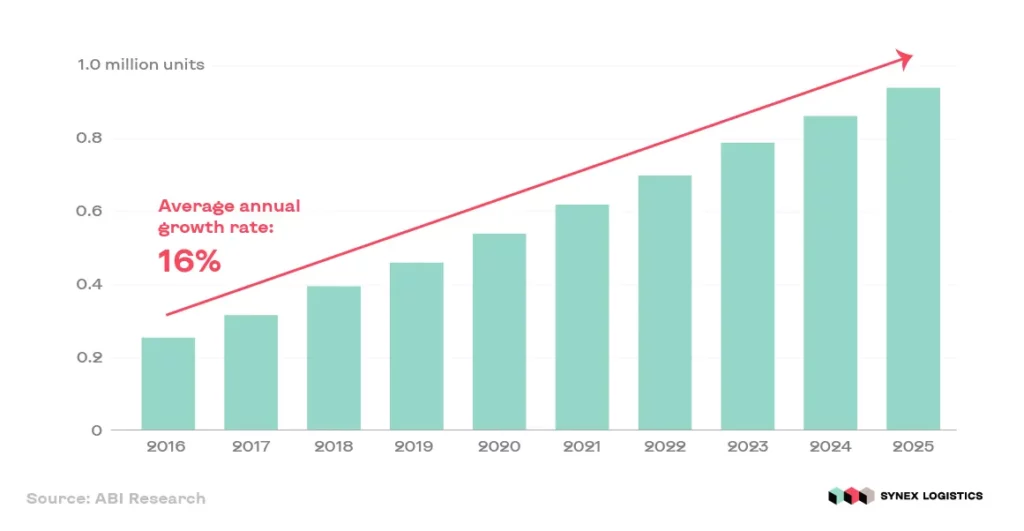
In the case of Jungheinrich, our area is a warehouse, and navigation consists primarily of two things: first, find a way to a given location while avoiding obstacles, and second, perform the required cargo handling operation. For example, once in place, the robots must identify the target object on the floor or on the rack, and then successfully pick it up. AGVs, or automated guided vehicles, are primarily used in a warehouse for repetitive operations: moving goods from one point to another, stacking goods on racks, or loading/unloading trucks.
For which purposes would you prefer to use robotics?
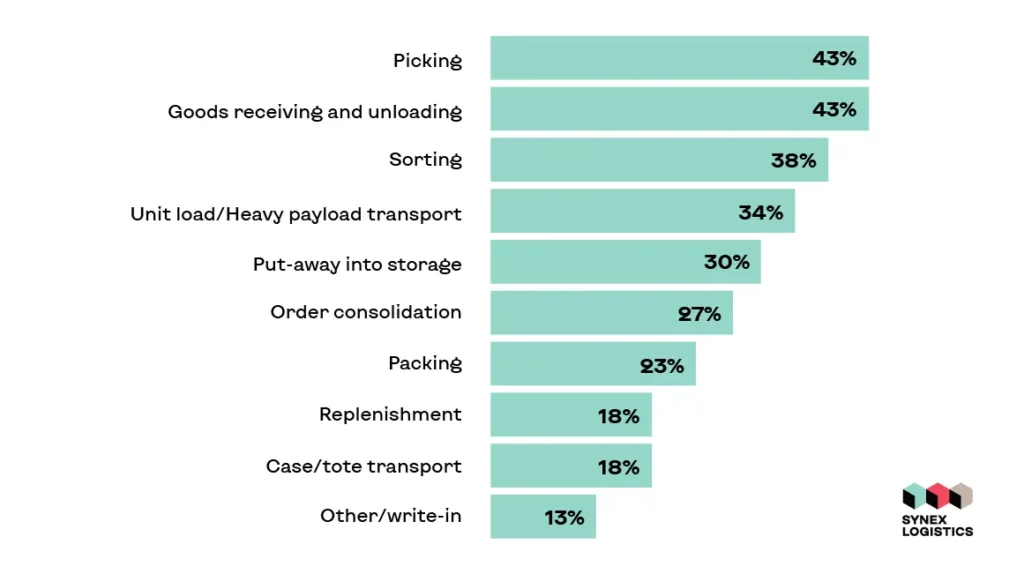
In a survey conducted by Ernst & Young, more than 40% of respondents said that right now they are actively investing in robotization and automation of their business because they are “preparing for a post-crisis world.” As a result, robotization and business automation, which have already gained momentum in recent years, have only accelerated during the pandemic.
For example, our company SYNEX LOGISTICS was founded in 2022 during the war. Today, it serves dozens of clients, engaged in contract logistics in Ukraine and carrying out transportation around the world using advanced robotics technologies.
However, there’s one controversial point in the terminology: are robotics and automation synonymous? If you look closely, many ordinary robots today are just very powerful machines. Although these robots are state-of-the-art, they fall under the umbrella of traditional robotics. Their actions are completely predetermined, which means that they are deterministic and not autonomous. Another example is a washing machine. Once the button is pressed, it starts its standard operating procedure. There are no variations here.
At the same time, robots are sensorimotor machines with enhanced capabilities to act where a human cannot. They consist of mechatronic components, sensors, and computer control functions. The complexity of the robot differs significantly from other machines in a large number of degrees of freedom and in the variety and scope of its behavioral forms. Thus, the biggest difference between a simple machine and a robot is the ability to act autonomously in certain situations. The more diverse and dynamic the space, the smarter the robots must be. This includes their ability to navigate autonomously.
Warehouses in the real world aren’t static. People work in them and continuously change the environment; goods move, and new obstacles come and go. In any environment where people work, the environment is dynamic and subject to change. People aren’t robots, their movements aren’t predetermined.
People don’t place items down to the millimeter, perfectly aligned with the shelf. The robot must be able to work with this human chaos efficiently and without fail. In each situation, the robot must determine the best route through the warehouse and where it’s best to capture the target object. It also collides with obstacles and other moving objects.
What types of commercial robotics would you like to use in your logistics business?
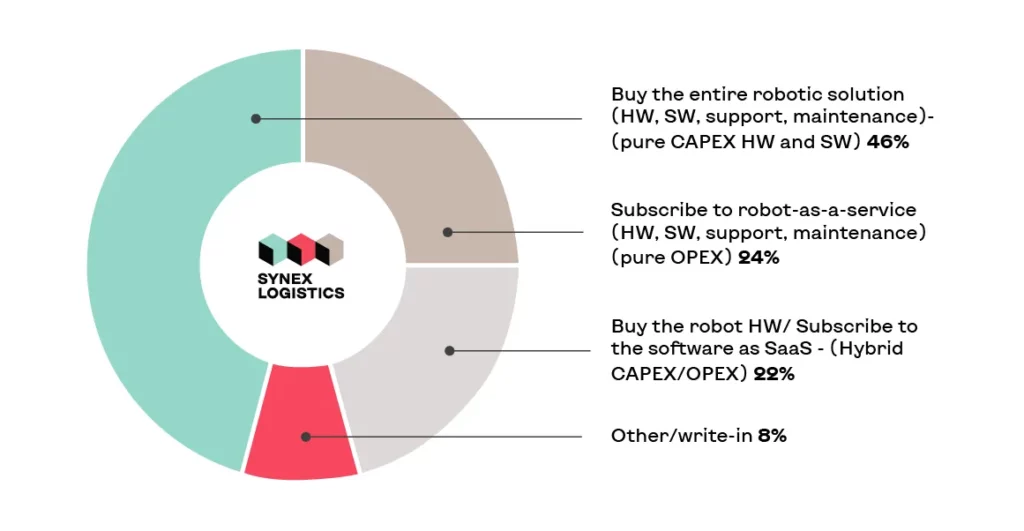
To work reliably and smoothly, even in such conditions, robots need a skill: the ability to adapt. To do this, they need as much information as possible about the current situation in their environment. With this information, they can then adapt their paths and work more efficiently. This concept is based on the fact that individual robots can collect data about their local environment while they work. Thus, our approach is to cloud display and localization in dynamic warehouse environments.
Every time the robot passes through the aisle, it perceives it’s surroundings through sensors and cameras. If he encounters an obstacle along the way, he stops and looks for another way to get to his destination.
Forecast of the development of the world market of logistics robots from IFR for 2017-2022, data in thousands of pieces:
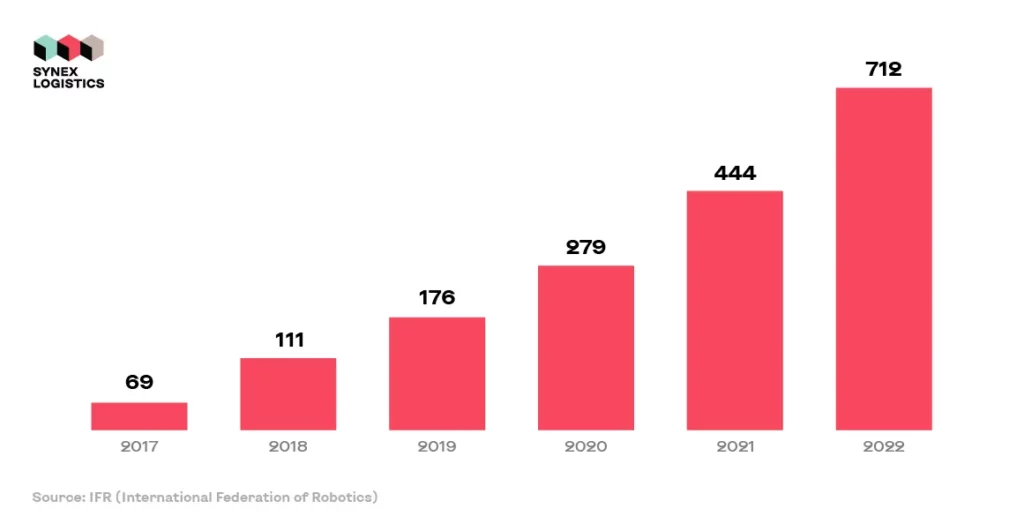
To successfully move from point A to point B, they must first localize themselves and then overcome obstacles and new situations along the way. To do this, robots are equipped with intelligent algorithms and collective perception.
It’s no longer a fantasy if robot A can share its knowledge with robot B. In cooperation with Google Cartographer, a localization and real-time mapping library have been additionally developed for Magazino robots. In concrete terms, this means that each robot in the warehouse sends data to the cloud and at the same time compares its saved internal storage map with the data in the cloud.
Thus, robots can already share their knowledge of the environment and use it for local optimization. It can be said that a group of robots perceive the environment collectively and constantly improve together: robots are real team players.
Thanks to new automation technology, they can work together with people. Flexible route planning, intelligent obstacle avoidance, and network communication allow the robot to fulfill data storage and retrieval orders on its own.
For example, self-learning assembly robots free their human counterparts. In a warehouse, these robots can not only perform individual steps but actually perform all the operations that a human worker performs, for example, complete the entire picking process. This means that the robot can continue to work at night after people have finished their shifts. Connected to a warehouse management system, they receive their pick orders via Wi-Fi. They then autonomously move to the right shelf, identify the target object with their cameras and sensors, capture it, store it, and transport it for further processing.
Statistics on the use of robotics in logistics in different countries:
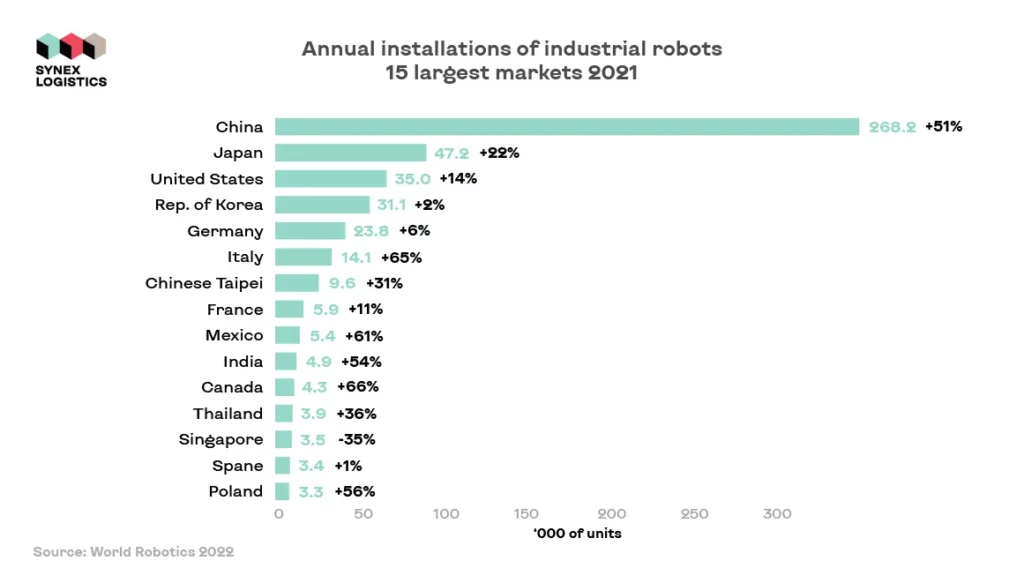
For example, China’s massive investment in industrial robotics has already placed China in 5th place in the world in terms of the density of the introduction of industrial robots into production. For the first time, China overtook the US, which is in 9th place in the world.
The density of industrial robots is a key indicator of industrial automation. At the end of 2021, the average number in the world is 141 robots per 10 thousand industrial workers, which is more than twice as high as 6 years earlier.
What types of use of industrial robots are you interested in in your logistics company?
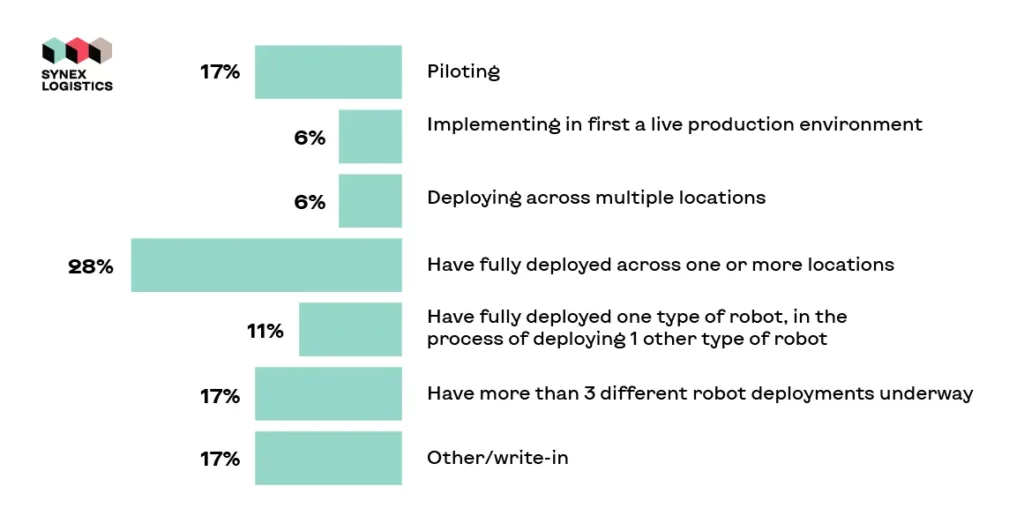
There are always risks of inefficient use of equipment, incomplete loading, incompatibility of the robot control system with the company’s information management system, etc. Therefore, strictly in accordance with the principles of the so-called. Sharing economy – robots are provided for use.
That is, instead of acquiring expensive equipment and operating it independently, client companies receive a completely ready-to-use and properly configured logistics robot for use, paying a monthly rent to the equipment supplier for this. This significantly improves the economics of robotization projects for warehouse complexes, since it gives the client company “the right to make a mistake.”
Also, another promising area for the use of robots in logistics is the packaging of goods. During this process, a compact and versatile transportation unit is created, convenient for loading and unloading, storage, and transportation operations. In military logistics, bundling is a highly effective technique for improving the quality of material support processes, which is often used in solving special tasks by troops (forces).
According to a survey by Peerless Research Group, the majority of respondents answered that they are most interested in packaging, sorting and replenishment.
What are your general achievements in business using robotics?

Finally, another promising area of robotization of logistics operations is the use of unmanned vehicles for the delivery of goods. The transport complex of the future includes the following components:
-
networks, including robotic trains, airplanes, hyperloop, ships, “airships”, cargo drones-heavyweights, combined into a “road train” robotic trucks;
-
mobile component, which will include buses, minibosses, mobile kiosks, and shops, as well as standard robocars. This also includes mobile “mother ships” for courier drones and robots;
-
means of delivery of goods on the “last mile”. Logistic copters and small aircraft-type drones, ground robot couriers.
The introduction of control systems with autonomous or remotely controlled robots in large warehouses (supply bases) will improve the quality and safety of personnel work, as well as the efficiency of solving problems of planning, selecting, and loading products onto vehicles.
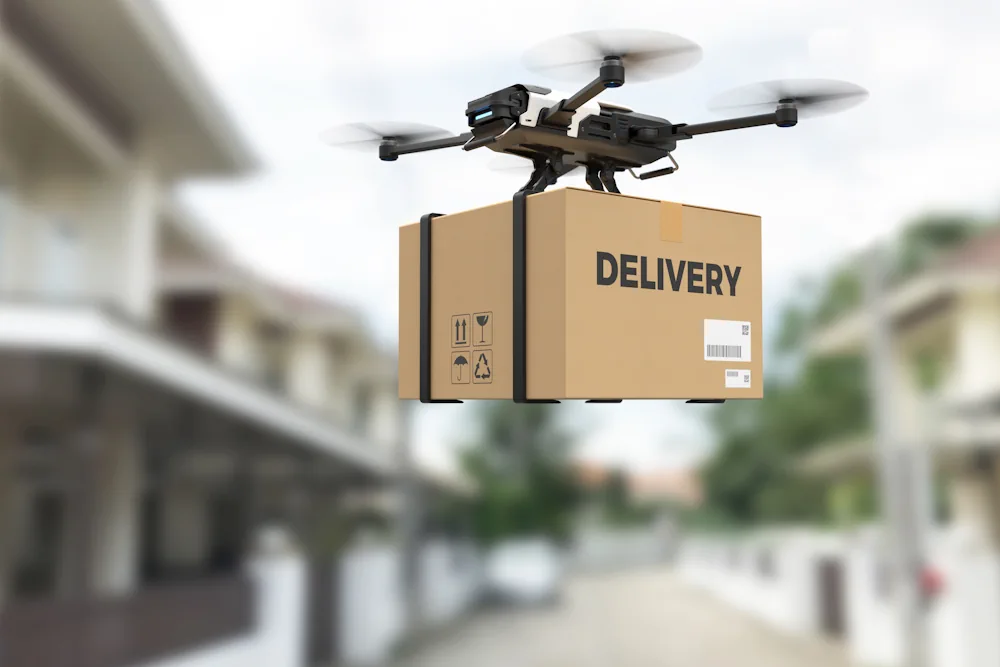
The most acceptable means and processes that ensure the optimization of work in the warehouses of foreign countries can be systems such as “VMS” (Vendor management system), “Bass” and “Smartlift” used in practice. To build and develop warehouse process management systems, we should expect the use of unmanned vehicles with the ability to independently make decisions and perform the necessary operations.
Thus, the considered possibilities of using robotics in logistics, in particular when performing logistics operations in the interests of such specific clients as the military, shows that these possibilities are very wide, and the introduction of complex solutions based on robots can provide a significant increase in quality and cost reduction. for logistics. In this regard, both further research on these issues and the implementation of pilot logistics projects are needed, which will identify weaknesses in existing technical solutions and rebuild logistics processes, taking into account the possibilities of their robotization.




